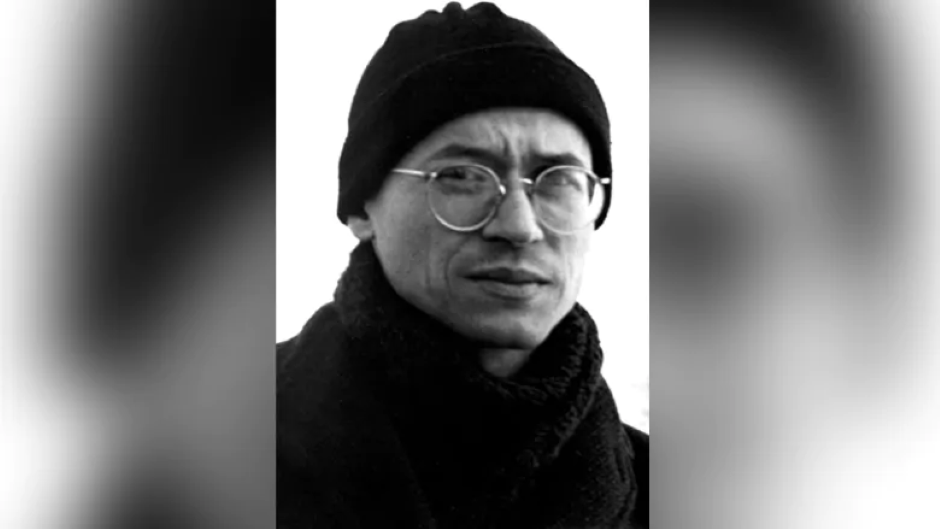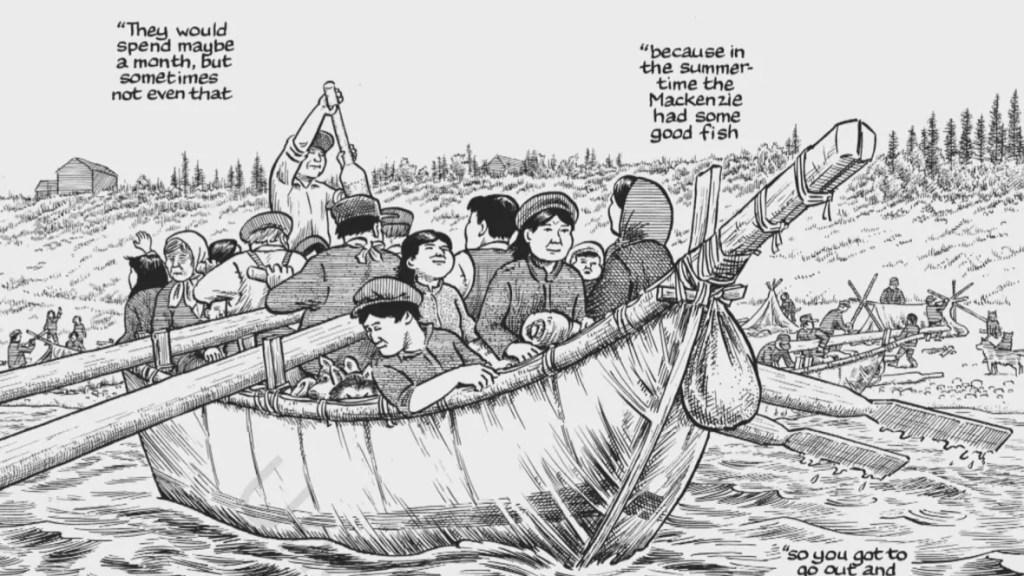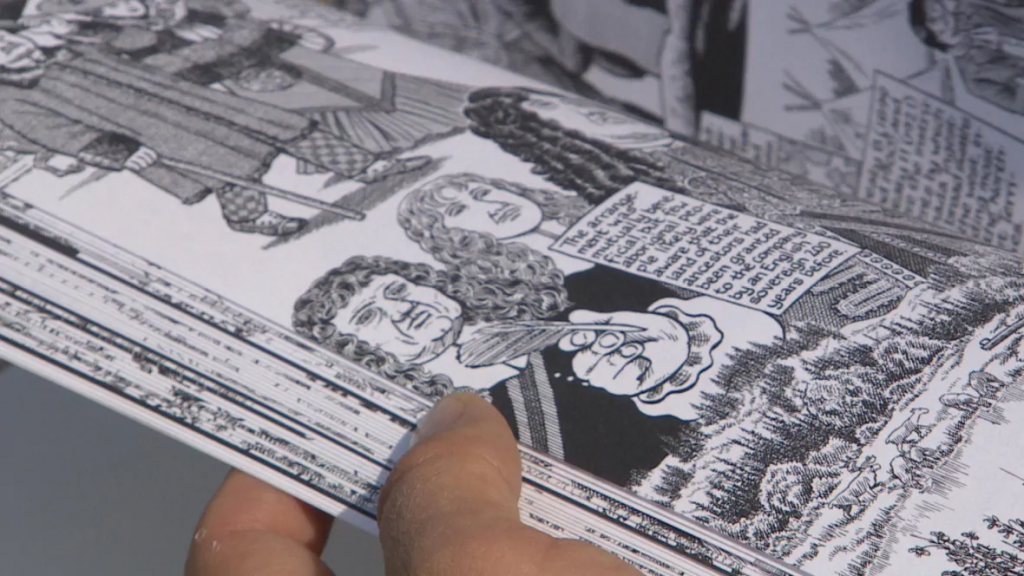American cartoonist says his new book on Canadian Indigenous history helped decolonize part of himself

Renowned comic artist Joe Sacco has taken a journalistic eye to bringing some of contemporary history’s biggest conflicts — including war in the Balkans and the occupation of Gaza — into graphic novel form.
But when he came to Canada’s Northwest Territories to interview people for his latest work, he had to overcome the skepticism of Indigenous northerners. It’s a wariness that comes from decades of white missionaries and bureaucrats imposing their beliefs on a people who pride themselves on their stewardship over the land.
“It’s not a cartoon. It’s not a joke,” says one man, referring to battles in the Sahtu over fracking, who Sacco draws in the pages of his new book, Paying The Land. “It’s something really f–king serious.”
After two visits to the territory in 2015 and 2016, and years of writing and drawing, Sacco’s book is now on store shelves.
The graphic novel portrays Indigenous resilience amid attempts by the Canadian government to systematically erase the Dene way of life, from the 1921 signing of Treaty 11, to the residential school system, to new land claim agreements that require First Nations to “cede, release and surrender” further authority over their territory.

Paying The Land includes memories from former CBC broadcasters Paul Andrew and Marie Wilson and former premier Stephen Kakfwi, as well as several other well-known northerners.
It explores the social problems brought on by colonialism while it follows the rise of resistance movements in the territory, like those spearheaded by Indian Brotherhood, now the Dene Nation. The book examines the question of whether oil, gas and mining help or hurt First Nations trying to assert their sovereignty and protect their land.
Originally planned as a two-part magazine article focused on fracking and resources, Sacco found a much bigger story at hand.
No colonial myths, Dene ‘comic book nerd’ says
Dene Nahjo founding member Dëneze Nakehk’o spoke with Sacco about his group’s work to assert Dene sovereignty the way his parents’ generation did in the 1970s.
“As a comic book nerd, I was pretty stoked,” he said.

For Nakehk’o, Sacco’s role as a journalistic outsider to Canada meant the artist didn’t bring the country’s “usual colonial myths” to his process.
“Just to be acknowledged that there’s actually people here — they’re human beings and they’re called Dene — is a big thing,” said Nakehk’o, who hopes to read the book soon.
Sacco has one word to describe how he feels about northerners like Nakehk’o now being able to read the book: “apprehensive.”
“It’s one thing to have readers from, let’s say, the United States — who don’t know much about the Northwest Territories — reading the book. It’s another for people who are actually from here to read the book and give me the feedback,” he said.
“How they feel about being portrayed matters more to me than most really good reviews.”
Related stories from around the North:
Canada: Indigenous oral history gives archeologists insight into early human life, CBC News
Norway: Walt Disney Animation Studios to release Saami-language version of “Frozen 2”, Eye on the Arctic
Sweden: Can cross-border cooperation decolonize Sami language education?, Eye on the Arctic
United States: Alaska Indigenous woman has become ‘TikTok famous’ for celebrating her culture online, CBC News


